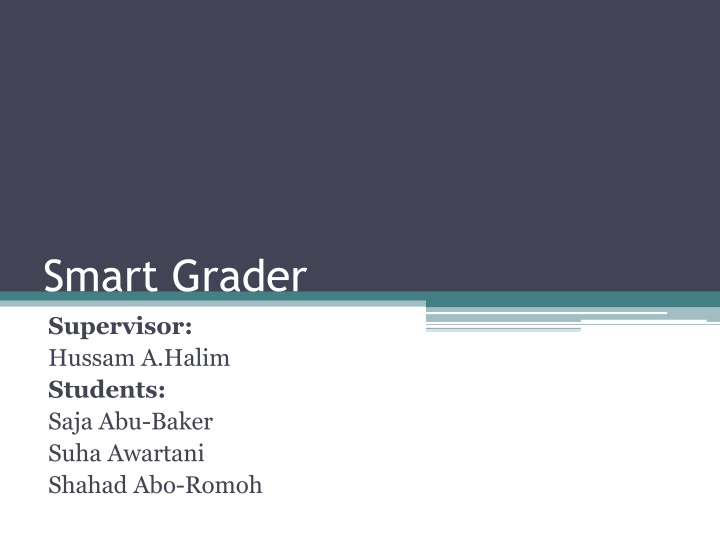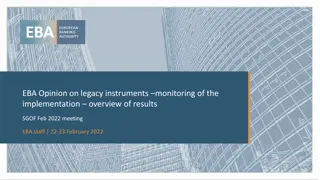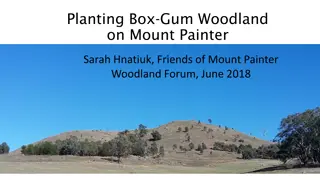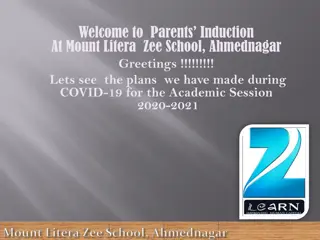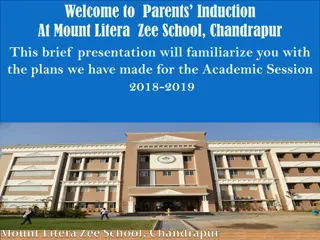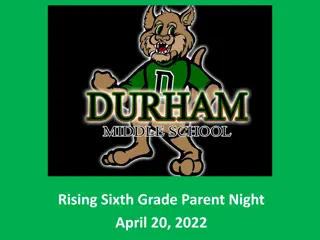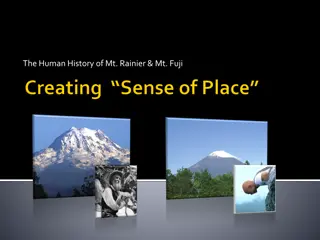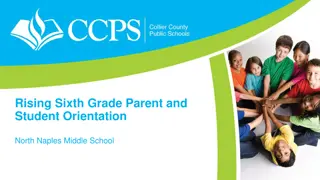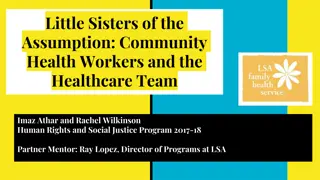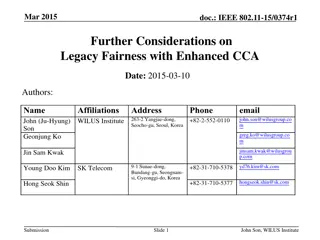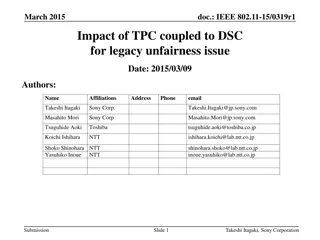Mount Gleason Middle School Legacy Project Updates: Galloping Gatherings Successes
The Mount Gleason Middle School Quaglia Aspirations Team Legacy Project focuses on creating opportunities for students to engage and share their voices with peers. The Galloping Gatherings initiative has successfully fostered trust, inspiration, and connections among 6th and 8th graders, promoting active participation in homerooms. The project's achievements lay the groundwork for enhancing school spirit, facilitating student expression, and improving communication with teachers. Future goals include expanding implementation to all grade levels and promoting school-wide engagement in homeroom classes, with plans to feature MGMS staff members through journalism interviews.
Download Presentation

Please find below an Image/Link to download the presentation.
The content on the website is provided AS IS for your information and personal use only. It may not be sold, licensed, or shared on other websites without obtaining consent from the author.If you encounter any issues during the download, it is possible that the publisher has removed the file from their server.
You are allowed to download the files provided on this website for personal or commercial use, subject to the condition that they are used lawfully. All files are the property of their respective owners.
The content on the website is provided AS IS for your information and personal use only. It may not be sold, licensed, or shared on other websites without obtaining consent from the author.
E N D
Presentation Transcript
Smart Grader Supervisor: Hussam A.Halim Students: Saja Abu-Baker Suha Awartani Shahad Abo-Romoh
Content Introduction What is smart grader? What does smart grader do? How smart grader is built? Android studio OpenCV Library Advantages and disadvantages of OpenCV. SQLite GreenDAO OpenCV Algorithm System Diagrams Demo.
Introduction With the technological development in different fields in life, it s necessary to employ this technology in education. We propose Smart Grader .
What is Smart Grader? It is an Android application that is used by teachers to help them grade and store multiple-choice questions using their phone s camera in an efficient and simple way, instead of using old fashion ways.
What does Smart Grader do? 1. Create Classes and quizzes. 2. Add students and questions. 3. Correct students papers by camera. 4. Save students grades in database. 5. Give statistics graphically by charts for each quiz and for each question.
How Smart grader is built? We used: 1. Android Studio for interface. 2. OpenCV for image processing. 3. SQLite for database. 4. Green DAO for enhancing the performance of database operations.
Android Studio We used tabbed activity instead of buttons to reduce moving between screens. Tabbed interfaces are more user-friendly than any other interfaces. Each tab shows all related information from other tabs so that the user does not keep moving back and forth between tabs. Main tabs are : classes, quizzes and students.
OpenCV Library OpenCV exposes almost all of its functionality to Java (including camera). It has C++, C, Python, Java and MATLAB interfaces. You simply add a reference to the OpenCV, import its classes and move forward.
Advantages and disadvantages of OpenCV Advantages: 1. Fast ramp-up, the simplest way to develop for Android with OpenCV. 2. Easy development in a language with garbage collection. Disadvantages: 1. Complex CV logic (with many calls to OpenCV) will work slowly because of additional cost of JNI calls.
SQLite SQLite is an Open Source database. SQLite supports standard relational database . SQLite has a small footprint of about < 500 kb with all its features. Does not need a separate server. Disadvantage : not secure.
Green DAO greenDAO is an open source Android ORM(object relational mapping). It makes development for SQLite databases easy and fast. No need to deal with low-level database. It maps Java objects to database tables.
Green DAO (cont.) Uses SqlCipher that provides transparent 256- bit AES encryption of database files. Small library size ( <1000 kb ).
OpenCV Algorithm Step 1: Perform image preprocessing to make the image black & white (binarization).
OpenCV Algorithm (Cont.) Step 2: Use hough transform to find the lines in the image.
OpenCV Algorithm (Cont.) Step 3: Find point of intersection of lines to form the quadrilateral.
OpenCV Algorithm (Cont.) Step 4: Apply a minimum area rectangle for extracting the region and cropping it
OpenCV Algorithm (Cont.) Step 4(cont.) :Apply perspective transform.
OpenCV Algorithm (Cont.) Step 5: Use hough transform to find the circles in the image.
OpenCV Algorithm (Cont.) Step 6: Sort circles into rows and columns. Step 7: Find circles with area 30% or denser and designate these as filled in .
DEMO. Now, we will demonstrate the program.
Smart Grader Supervisor: Hussam A.Halim Students: Saja Abu-Baker Suha Awartani Shahad Abo-Romoh
